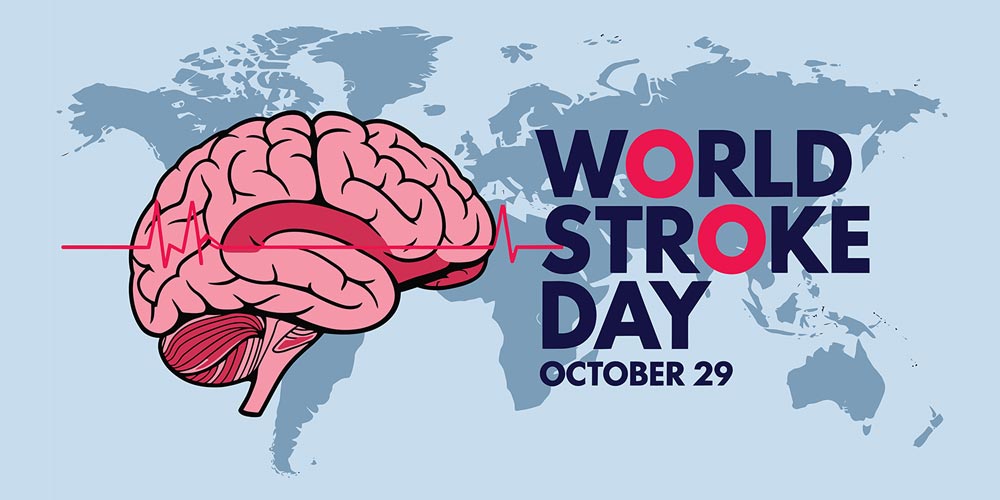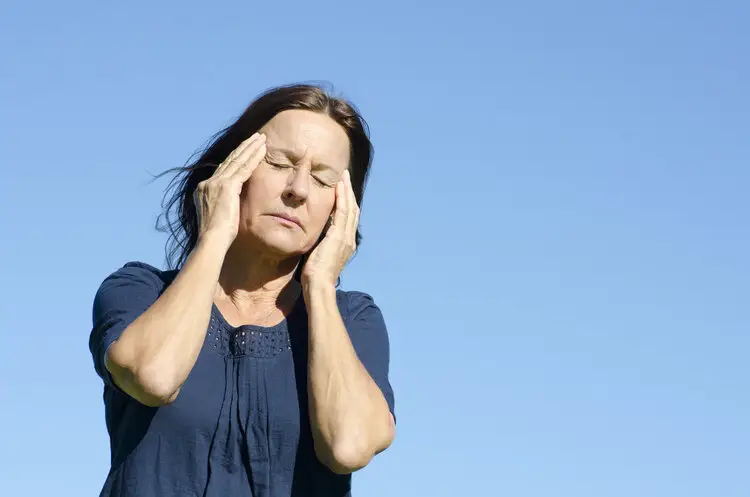October 29th is World Stroke Day, and this year's theme is "Every Minute Counts. Know the signs of stroke. Act FAST."

A stroke, also known as a stroke, causes irreversible brain damage every second it occurs.
Every step in home first aid is directly related to the patient's life and subsequent recovery.
A reminder: Many seemingly "well-intentioned" actions are actually fatal mistakes, causing the patient to miss the best opportunity for rescue.
Myth 1: Panic Shaking, Worsening Brain Damage
Upon discovering a family member has collapsed due to a stroke, many people panic and repeatedly shout, shake, or even pat the patient in an attempt to rouse them. This is extremely dangerous! In stroke patients, blood vessels in the brain have ruptured or become blocked. Vigorous shaking will worsen brain bleeding and nerve damage, potentially leading to a direct deterioration of the condition and even causing the patient to fall into a deep coma.
Correct Approach: Remain calm, gently call to the patient, and observe their consciousness, breathing, and heartbeat. If the patient is unconscious but breathing, immediately turn them into a side-lying position to prevent vomit or secretions from blocking the airway.
Myth Two: Ignoring Symptoms, Thinking "Rest Will Help"
When mild symptoms appear, such as numbness in the fingers, unsteady gait, slurred speech, weakness in one side of the body, or blurred vision, many people mistakenly believe it's due to fatigue and that "rest will relieve it." However, these mild symptoms are SOS signals from the brain, indicating that blood vessels in the brain may be blocked or ruptured, and brain cells are dying at a rate of approximately 1.9 million per minute. Stroke treatment has a strict "golden window": intravenous thrombolysis must be performed within 4.5 hours of symptom onset, and endovascular thrombectomy must be performed within 6 hours (or even less). Missing this window often leaves doctors helpless, and the risk of disability and death increases dramatically.
Correct Approach: Be highly vigilant for any sudden physical abnormalities, even if mild or brief, as these should be considered potential stroke warning signs. Immediately stop all activity, remain calm, and clearly tell those around you your symptoms, such as "weakness in your right hand," "slurred speech," or "blurred vision," to seek help. Do not try to endure it alone.
Myth 3: Blindly administering medication or water can worsen the condition.
Upon seeing a patient unwell, many people rush to give them antihypertensive drugs, aspirin, or Angong Niuhuang Wan (a traditional Chinese medicine formula), or offer water or food to "replenish their strength." However, during a stroke, the patient's swallowing function may be impaired. Administering medication or water can easily cause choking, aspiration, and lead to aspiration pneumonia, which can result in suffocation and death in severe cases. Furthermore, blindly taking antihypertensive drugs can cause a sudden drop in cerebral blood pressure, worsening cerebral ischemia. Angong Niuhuang Wan is only suitable for "heat-induced" stroke according to Traditional Chinese Medicine diagnosis; using it for "cold-induced" stroke can worsen the condition, and non-professionals cannot diagnose this.
Correct approach: Do not administer any medication, food, or water during emergency treatment. Lay the patient flat with their head turned to one side, and clear any foreign objects from their mouth and nose to ensure an open airway, clearing obstacles for subsequent hospital treatment. Myth 4: Moving the patient arbitrarily, causing secondary injury.
Myth 4: Moving Patients Randomly, Causing Secondary Injury
Upon discovering a patient has fallen, some people rush to lift them onto a bed or sofa, or even forcibly straighten bent limbs. This improper movement can compress the patient's neck and chest, affecting breathing; if the patient has a cervical spine injury, it can cause secondary injury; forcibly straightening stiff limbs can lead to joint dislocation or fracture.
Correct Procedure: If the patient is lying in a dangerous location, such as in the middle of the road or near a stove, move them horizontally as a whole. One person should support the head and neck, another should support the back and buttocks, and a third should support the legs to prevent twisting. If the location is safe, simply keep the patient in a side-lying position.
Remember the "Stroke 120" identification method! It can save lives in critical moments.
- "1" Look at the face: Facial asymmetry, drooping corner of the mouth.
- "2" Check the arm: Weakness in one arm, unable to lift.
- "0" Listen: Slurred speech, unable to express oneself.
The core of stroke emergency care is "get to the hospital quickly, don't make unnecessary movements." Every minute saved increases the chances of recovery.
Dispelling misconceptions and providing correct first aid is buying time for life.

%20--%3e%3c!DOCTYPE%20svg%20PUBLIC%20'-//W3C//DTD%20SVG%201.1//EN'%20'http://www.w3.org/Graphics/SVG/1.1/DTD/svg11.dtd'%3e%3csvg%20version='1.1'%20id='图层_1'%20xmlns='http://www.w3.org/2000/svg'%20xmlns:xlink='http://www.w3.org/1999/xlink'%20x='0px'%20y='0px'%20width='256px'%20height='256px'%20viewBox='0%200%20256%20256'%20enable-background='new%200%200%20256%20256'%20xml:space='preserve'%3e%3cpath%20fill='%23FFFFFF'%20d='M194.597,24.009h35.292l-77.094,88.082l90.697,119.881h-71.021l-55.607-72.668L53.229,232.01H17.92%20l82.469-94.227L13.349,24.009h72.813l50.286,66.45l58.148-66.469V24.009z%20M182.217,210.889h19.566L75.538,44.014H54.583%20L182.217,210.889z'/%3e%3c/svg%3e)




